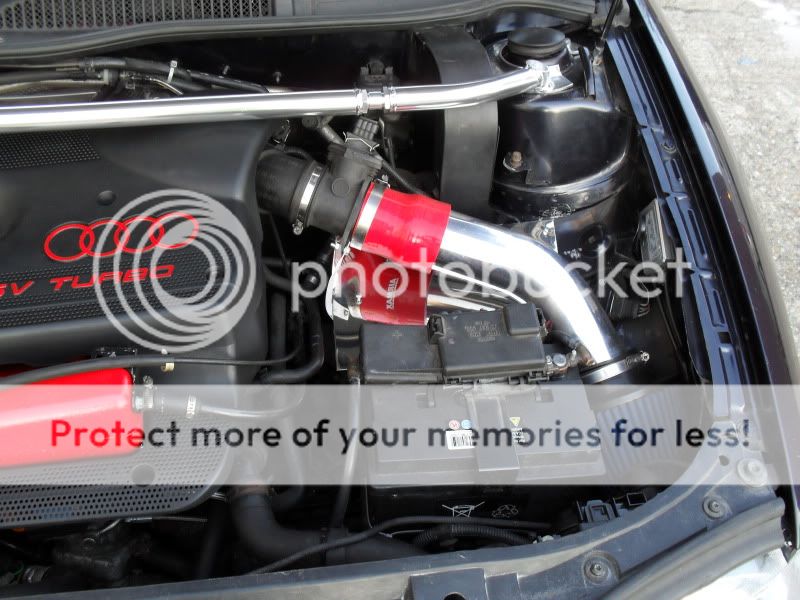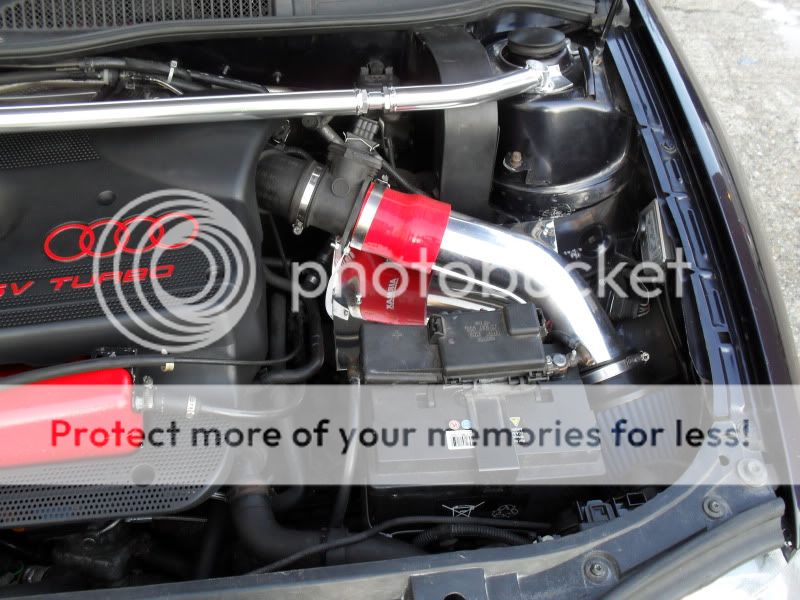People who like this sort of thing may find this article interesting
http://www.nicoclub.com/archives/kn-vs-oem-filter.html
Without the endless anecdotal threads on forums about how it made this car faster and that car better, sometimes it nice to have some factual information.
It has always made me wonder, if the claim by the Aftermarket performance filters is so strong, why they don't do these tests in a controlled enviroment and display the evidence.
My K&N filter has been in my car since 10,000 miles and been cleaned once at 45,000, its now on 70,000 miles and i'm thinking of going back to OE and replacing every year. I decided to change to a K&N at 10,000 miles as i didn't believe the 30,00miles extended service intervals was good for a paper element. But as MPG is starting to degrade perhaps an O.E. once a year will be better.
http://www.nicoclub.com/archives/kn-vs-oem-filter.html
Without the endless anecdotal threads on forums about how it made this car faster and that car better, sometimes it nice to have some factual information.
It has always made me wonder, if the claim by the Aftermarket performance filters is so strong, why they don't do these tests in a controlled enviroment and display the evidence.
My K&N filter has been in my car since 10,000 miles and been cleaned once at 45,000, its now on 70,000 miles and i'm thinking of going back to OE and replacing every year. I decided to change to a K&N at 10,000 miles as i didn't believe the 30,00miles extended service intervals was good for a paper element. But as MPG is starting to degrade perhaps an O.E. once a year will be better.







